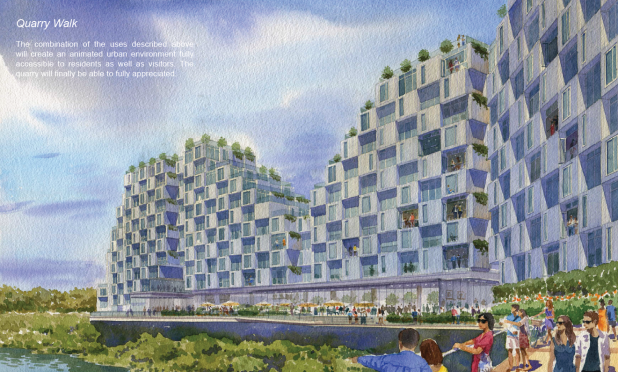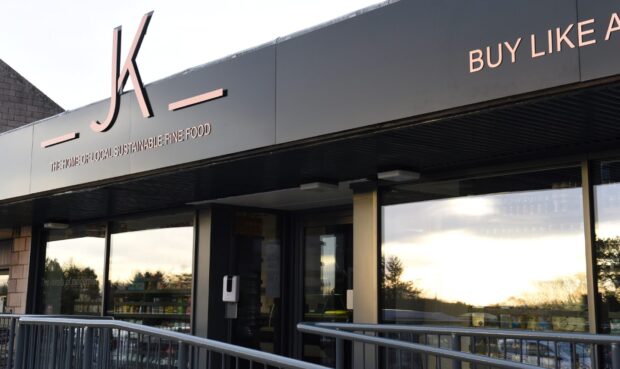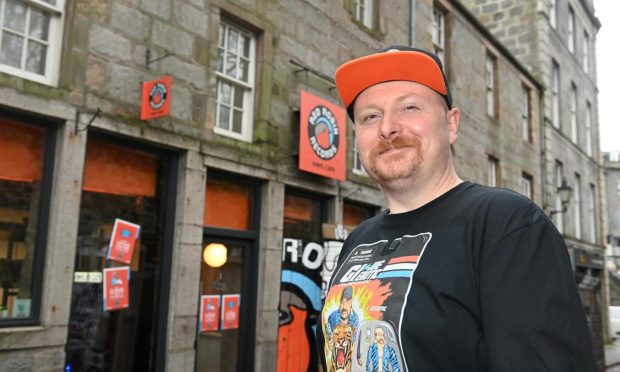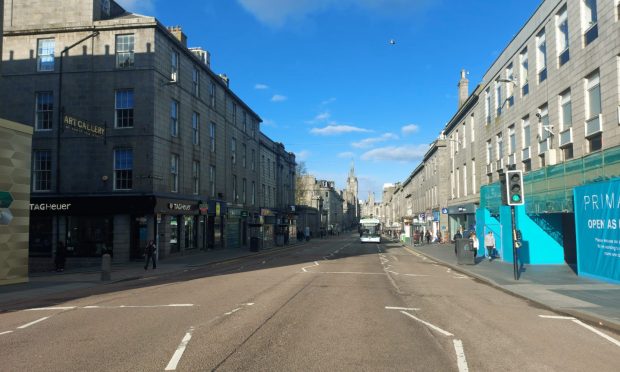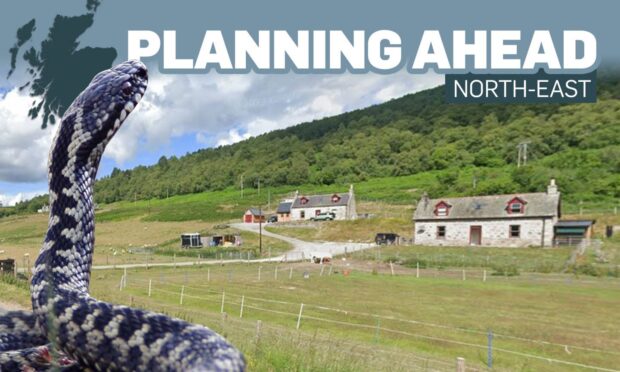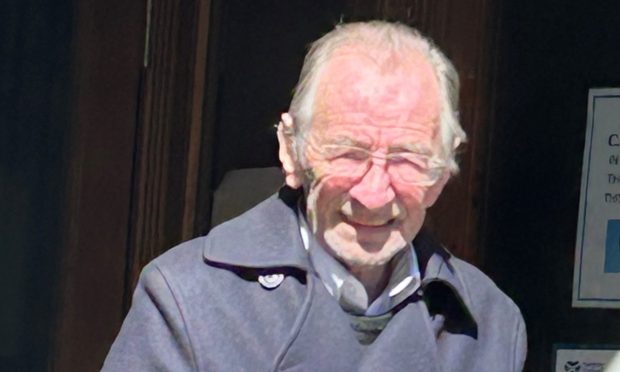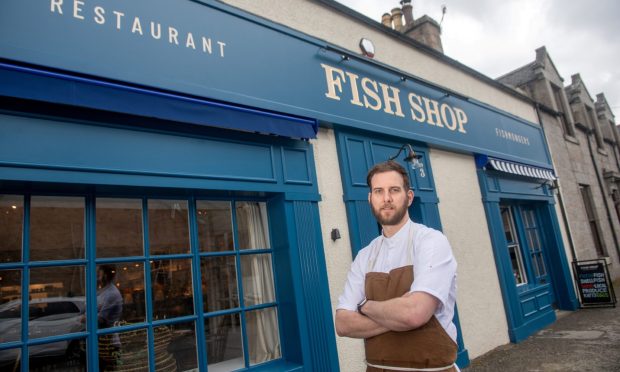A contentious multi-million-pound homes plan at Aberdeen’s historic Rubislaw Quarry has been backed by planners.
Canadian real estate firm Carttera wants to create 299 flats, a gym for residents and a combined bistro and “mini-museum” on the northern edge of the site – which could be 10 storeys high.
Councillors on the planning committee will scrutinise the plans next Thursday and vote on whether to grant permission for the £68 million development.
Last night it emerged council officers have recommended councillors approve the plans.
Many in the local community fear the development will overshadow the city’s historic granite home.
There are further concerns over the wildlife and drainage at the site, which have resulted in more than 250 objections.
However the plan does have the backing of the Aberdeen and Grampian Chamber of Commerce who described it as “a vote of confidence” in the north-east economy.
The scheme has clashed with local businessman Hugh Black’s aims to create a £6 million heritage centre on the southern edge of the site – resulting in a bitter war of words between the two parties.
Last night a Carttera spokeswoman said the development would “breathe life” into the quarry.
She added: “Aberdeen is currently at a crossroads with oil investment but with the new football stadium, AWPR, Nigg Harbour, the Music Hall refurbishment, Art Gallery extension, and new AECC, the city is already taking bold steps and rising up to invest for future generations.
“Approval of this development would be another significant and complementary contribution towards that.”
Maggie Botchel, of Aurora planning who are working with Carttera, said: “The commitment of our clients to ensuring that we deliver a high quality building, along with all of the associated infrastructure, and particularly to providing free public access to the quarry, means that approval of this application will bring real social and economic benefits to the city.”
Earlier this year dozens attended a public meeting at Harlaw Academy to discuss the plans.
Robert Frost, planning officer for Craigiebuckler and Seafield community council, said: “The mood at the meeting was everyone was against the development.
“It’s suprising to me that it is coming back to the committee, I know people are worried about issues with wildlife and drainage there.”
Hugh Black could not be reached for comment.
Rubislaw Quarry factfile
One of Europe’s biggest man-made holes, Rubislaw Quarry first opened in 1740 to support the city’s important granite industry.
Over the next two centuries, an estimated six million tonnes of the stone were excavated for use on some of Aberdeen’s most iconic buildings.
And Rubislaw granite is found even further afield, with Waterloo Bridge in London, the terrace of the Houses of Parliament and the Forth Bridge also constructed from the material.
The quarry closed in 1971 and is now filled with water.
It was bought in 2016 by Sandy Whyte and Hugh Black for a reported £60,00.
Mr Black has expressed his desire to develop a heritage centre at the site.
